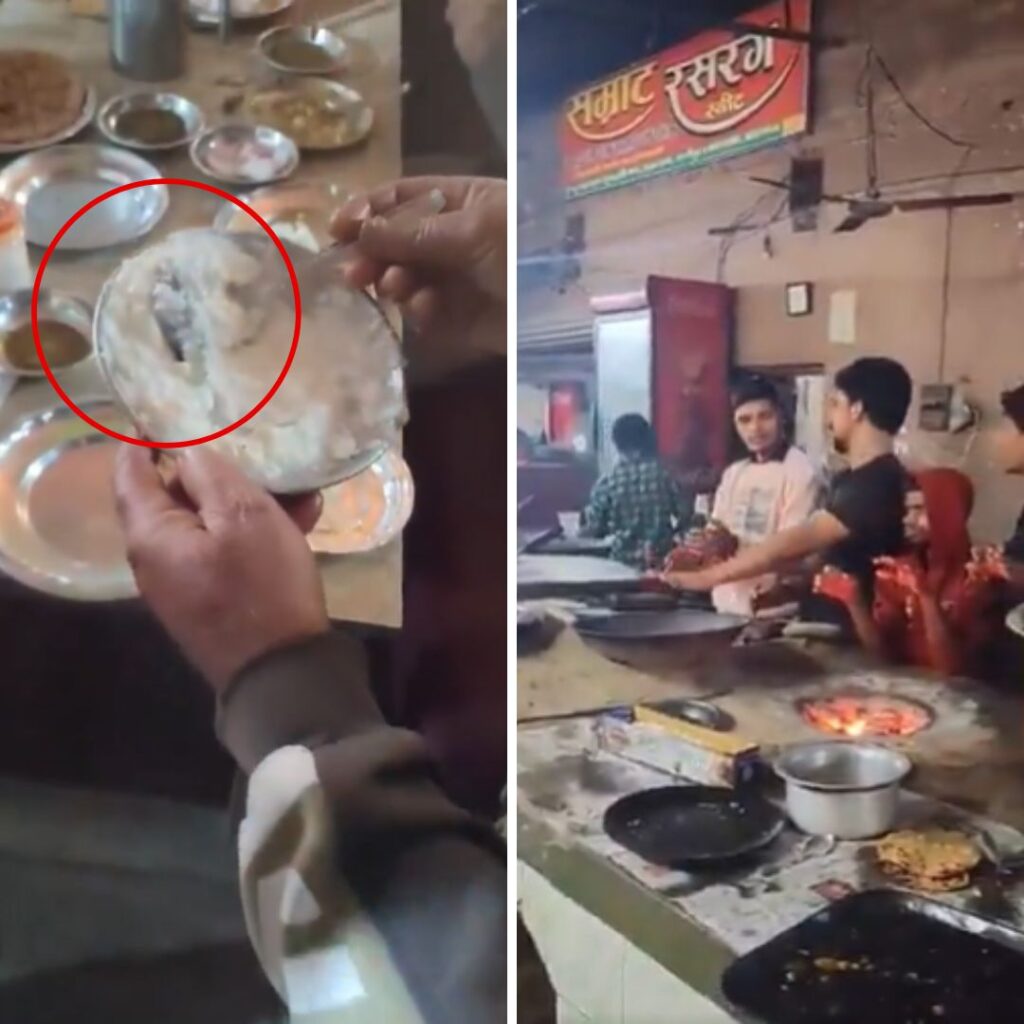To combat the economic fallout of the 21-day nationwide lockdown due to COVID-19, the Reserve Bank of India (RBI) reduced the key lending rate by 75 basis points to 4.4 per cent in an urgent move on Friday.
The decision came after an emergency meeting of the central bank’s Monetary Policy Committee, which was originally scheduled for a bi-monthly review early next month.
‘The economic outlook globally is uncertain and obviously negative. Financial stability is the topmost priority of the RBI in this crisis,’ RBI governor Shaktikanta Das said, as the third day of a 21-day nationwide lockdown began.
The magnitude of the slash in repo rate, a rate at which the RBI lends short-term loans to commercial banks has been the maximum under Shaktikanta Das’s tenure.
The largest cut before this was 35 basis points in August 2019.
Among other major announcements, Das also announced a slash of 100 basis points in the cash reserve ratio for one year, claiming that it will ensure enough liquidity in the system.
CRR or cash reserve ratio is the amount of cash commercial banks have to keep with the Reserve Bank of India. Keeping this in view, the RBI governor said: ‘This would release liquidity worthnâ¹1,37,000 crore within banks.’
The central bank also allowed all lending institutions to give a three-month extension on all loans, in view of the current 21-day nationwide lockdown. ‘Banks should do all they can to keep credit flowing,’ Das said.
The priority, Das said, was to ensure that a ‘strong and purposeful action’ was taken to protect the economy. He also said that there is an urgent need for all stakeholders to combat against the COVID-19 pandemic.
‘Indian banking system is safe and sound. in spite of the challenging environment, I remain optimistic,’ the RBI Governor said, adding that the central bank has already injected â¹2.7 lakh crore into the country’s financial system since the February policy meeting.
At present, the central bank’s overall liquidity infusion is at 3.2 per cent of GDP.
The Governor assured that the central bank will continue to be alert and take necessary steps to curb the impact of the deadly pandemic on the economy. He further asserted that the RBI was maintaining its ‘accommodative’ stance, and would maintain its position ‘as long as necessary’ to replenish growth while keeping inflation within limits.
On Thursday, Finance Minister Nirmala Sitharaman had unveiled a â¹1.7 lakh crore economic relief package to support the poor through direct cash transfers and food security measures.
While the country stares at the worst annual rate of gross domestic product (GDP) expansion recorded since the 2008-09 global financial crisis, many economists and experts have projected a further hit to the economy due to the COVID-19 outbreak.











